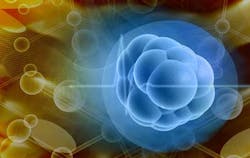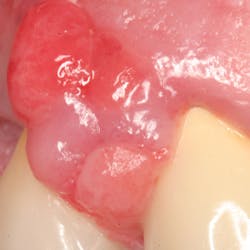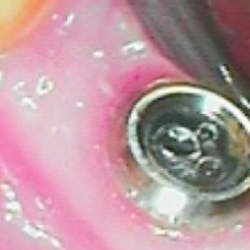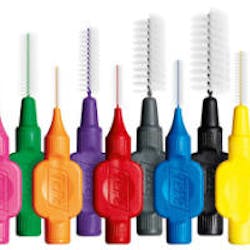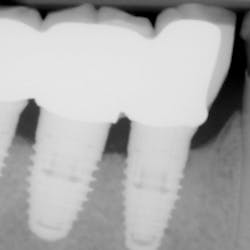RELATED |The use of stem cells in dental implant site development
There are three types of stem cell technologies available: embryonic stem cells, adult (somatic) stem cells, and induced pluripotent stem cells. I believe somatic stem cells offer a wonderful opportunity in the dental field to repair and regrow teeth. Specifically I think there is tremendous growth potential with mesenchymal stem cells (MSC). Currently, we have the ability to harvest MSC from extracted teeth. This noninvasive harvest can come from primary teeth and/or wisdom teeth. Because these cells are not taken from either the fetus or the unborn, the ethical issues that are immersed in these technologies are not involved. In addition, with the MSC, cell lines do not have antigen-antibody rejection issues as they are taken autogenously, not allogenically.
Companies such as Save-A-Tooth and StemSave have oral surgeons remove teeth in your office and use proprietary protocols for cryogenically freezing the stem cells. Although there is no current method to use these saved cells, the thought is that science will make breakthroughs in these areas and systems will develop for their use. I see dental hygienists becoming an important facet of this research as we have direct patient contact and can discuss these new methods with patients who may not be familiar with the potential of stem cells.
You can simply explain to your patients that a deciduous tooth that fell out on its own or one that is "hanging on by a thread" is not a good source for viable stem cells. Good sources of stem cells are any noninfected teeth with viable pulp cells. At the time of recovery, visually inspect the exposed pulp to confirm that it is a healthy color — StemSave takes care of the rest. Who would be better to explain this to patients than the hygienist? In addition, we can work with companies like StemSave to market their capabilities to dental offices and have them sign up as providers.
ALSO BY REBEKAH FLOREZ |Treating implant gingivitis
References
Kerkis et al. Stem cells in the dental pulp of deciduous teeth. Tissue Eng Part B Rev. 2011 Oct. 27.

